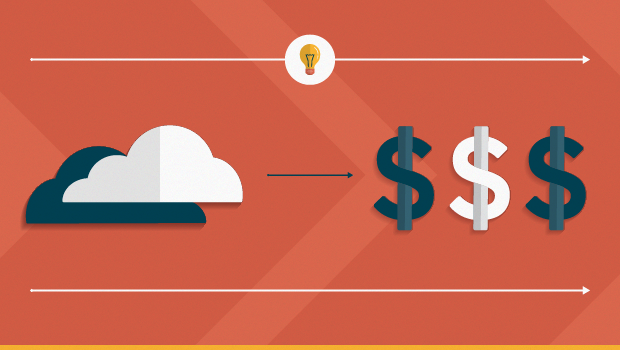Cloud computing generated nearly $400 billion in revenue last year, and its power is only growing in a post-pandemic world. Many companies transitioning to the cloud are still learning how to build their cloud architecture. This lack of expertise can lead to overspending, and cloud costs can be a major hurdle to understanding the cloud’s true benefits: flexibility, scalability, and efficiency.
When set up thoughtfully, your cloud architecture can extend beyond infrastructure and act as a secure company data center.
Benefits beyond infrastructure
Companies utilizing cloud architecture are reaping many benefits. Netflix, for example, spends more than $1 billion annually on cloud computing costs. In return, it generated nearly $30 billion in revenue in the past year.
Planning is essential when migrating to the cloud, and developers should be familiar with what cloud providers offer. Beyond infrastructure, they also provide various tools to be implemented into your tech stack to match and improve existing on-premise capabilities.
[ Also read Digital transformation: 4 ways to boost efficiency. ]
Gartner predicts that over 95 percent of new digital workloads will be deployed on platforms that are cloud-native by 2025 as companies rush to keep up. But it is important to go into any cloud adoption plan with a solid strategy, clear goals, and a road map to be successful.
The biggest benefit of migrating to the cloud is the ability to scale up and down with your business’s needs. There’s no easy way to scale traditional infrastructure, so the elasticity of cloud computing is a big motivator for companies. The cloud makes businesses more agile by allowing them to adapt to market changes in real time.
Companies of all sizes leverage these three pillars of cloud computing to optimize system compatibility while lowering operating costs. Here are three ways to leverage all available tools and reduce cloud costs.
1. Take advantage of your cloud provider’s unique pricing plans
Each provider will offer a variety of plans, as well as discounts for options like reserved or spot instances. By locking in a specific capacity for up to three years, reserved instances provide up to 80 percent more discount than on-demand. If you know you’ll need a baseline level of resources for a while, this can be a great way to save money.
Meanwhile, spot instances let you save by utilizing unused capacity from other users. This can be cut off without your control when unused space is filled, so be wary of how much you rely on these. Don’t risk business-critical systems on spot instances.
2. ‘Right-size’ your cloud systems
The best way to control expenses is to “right-size” your cloud architecture, even if it requires cloud consolidation. What’s important is to control cloud sprawl by not ordering more than you need. Providers also offer cost monitoring tools that analyze past spending and forecast cloud expenses to help guide you down the most efficient path.
3. Be aware of peak usage times
Demand can greatly impact pricing for on-demand services, and you might need to move workloads occasionally to ensure you’re in the most cost-effective position. Cybersecurity is a major factor here, so be sure both the new and old storage locations (along with the migration path) share the same level of security.
Cloud computing was once viewed as remote infrastructure between virtual machines, but it offers much more in today’s corporate landscape. Entire businesses can be run on the cloud, including even the most complicated processes and workloads requiring the highest levels of security. It takes the right tools, the right tech stack, and the right team building toward clear goals to get you there.
[ Build application environments for reliability, productivity, and change. Download the eBook, Cloud-native meets hybrid cloud: A strategy guide. ]



